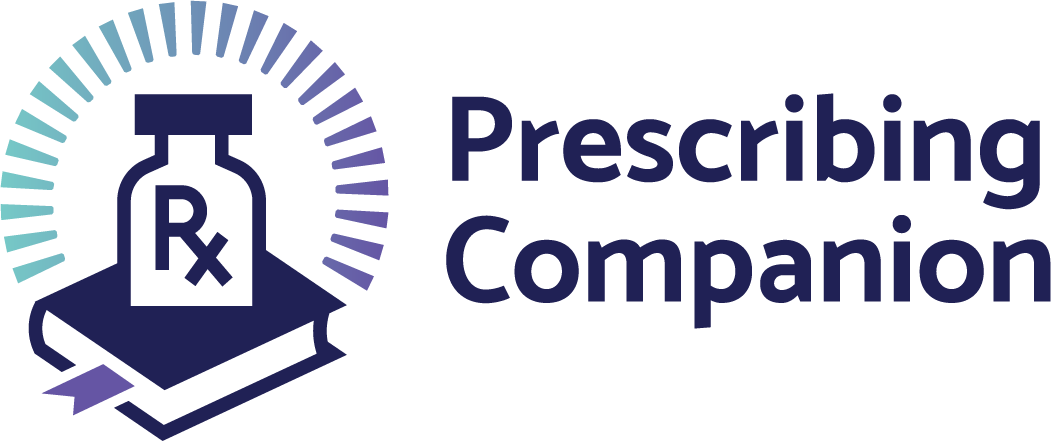Gonorrhoea in Neonates
exp date isn't null, but text field is
Ophthalmia Neonatorum Ophthalmia Neonatorum is inflammation of the conjunctiva in the neonatal period (day 1 to day 28) due to infection with Neisseria gonorrhoeae. The gonococcus produces a toxin which dissolves the cornea and can lead to blindness. The infection is acquired during birth when passing through the birth canal. The incubation period is 3 to 5 days.
Non-gonococcal conjunctivitis is due to Chlamydia trachomatis, Staphylococcus aureus and Streptococcus pneumoniae.
Clinical features It commonly presents with purulent, copious eye discharge usually in both eyes. Itching and redness are also present The neonate may also present with septicaemia with fever, rash and joint swelling.
DiagnosisThis is confirmed by taking an eye swab for culturing for Gonorrhea.
Treatment
Note: The use of antibiotic eye ointments in gonococcal conjunctivitis is of no documented benefit. Systemic treatment is recommended for all symptomatic cases
NOTE: The baby's mother and partner(s) should receive syndromic treatment for Gonorrhea and Chlamydia.
Breastfeeding mothers should be given Gentamicin and not Ciprofloxacin for gonorrhoea but for Chlamydia give Erythromycin.
| Neonatal Conjunctivitis | Gonorrhoea | Spectinomycin 50mg/kg IM stat |
| Plus Chlamydia | Plus Erythromycin 50mg/kg PO QID X 7 days |
|
|
Normal Saline lavage of the affected eye |
PreventionWomen with pelvic inflammatory disease or urinary tract infection in pregnancy should be treated promptly before delivery. Every child’s eyes should be swabbed with cotton wool soaked with Povidone-iodine or normal saline immediately after birth. Apply any of the following:
- Povidone-iodine
- Silver nitrate 1% aqueous solution stat
- Erythromycin 0.5% ophthalmic ointment stat
- Tetracycline ophthalmic ointment 1% stat
- Normal saline
Vaginal Discharge and Lower Abdominal Pain in Women Various gynaecological conditions could present with vaginal discharge and lower abdominal pain. These include:
• Pelvic Inflammatory Disease (PID)
• Vulvovaginitis
• Urinary Tract Infection (UTI)
